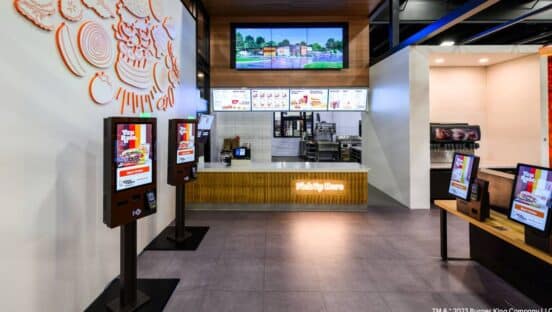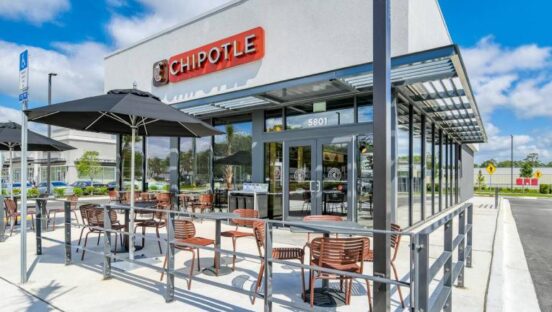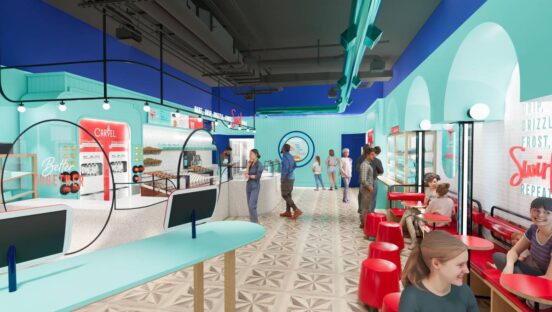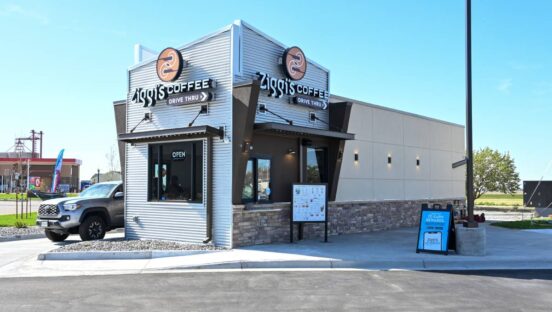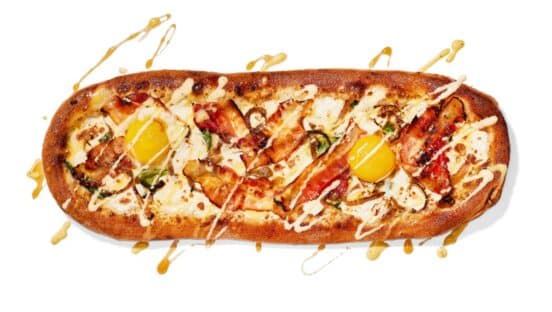A study released last week finds a somewhat befuddling discrepancy between what consumers want restaurants to offer in the way of healthy items and what they want to order.
The 2010 Healthy Eating Consumer Trend Report, released on November 8 by Technomic Inc., a Chicago-based food-industry consulting firm, finds that “nearly half of all consumers want healthier menu items, but only about a quarter of them actively consider nutrition when dining out.”
This finding would seem to present restaurants with a predicament: disappoint and risk losing customers by not offering healthy menu choices, or invest time and money in offering healthy menu choices that are unlikely to draw many customers.
“For most consumers, health is more of a nice to have, not a must have,” says Technomic’s consumer research manager Kelly Weikel. “Consumers want and expect operators to be offering them different options, but when they go out to eat they are in the mindset of wanting to treat themselves.”
The report found that 55 percent of consumers say they eat more healthfully at home than at restaurants. At the same time, 37 percent said they do not consider health when eating out because they consider it a treat. These findings suggest that the more health-conscious populace expects to see their evolving eating habits reflected in restaurants, even though restaurants are where they tend to take a break from healthy eating.
Confusing the matter further, the Technomic report finds that different sets of customers have very different definitions of healthy and value different aspects of healthy eating over others. For example, one set of consumers may value the origin (local, regional, foreign) and method of cultivation (organic, fair-trade) of the ingredients in a given menu item more than its calorie count or fat content. Another set of customers may have those priorities reversed, or different priorities altogether.
These differences exist from region to region, city to city, and customer to customer, making it more important than ever for restaurants to know whom they are serving.
“They are going to have to pay closer attention, because it is not going to be one formula for each concept or each consumer base,” Weikel says. “It really depends on a lot of different elements, and restaurants have to make sure that the offers that they are putting out there resonate with their customers.”
Weikel cited Burgerville, which has 39 locations in Oregon and Southwest Washington, as a regional chain that is ahead of the curve when it comes to understanding its customers’ health concerns. In May, the chain began printing calorie, fat, carb, and fiber content of specific orders on customer receipts as part of a program called Nutricate.
“This is what our guests said they were most interested in seeing,” says Debe Nagy-Nero, director of quality assurance, nutrition, and safety at Burgerville. “The Nutricate receipt helps guests take control of their food choices and makes sure that they feel satisfied and empowered each time they eat at Burgerville.”
For larger chains, appealing to their customers’ health concerns at the granular level is more difficult, Weikel says. One tactic national brands employ is letting their customers customize their menu choices, which to a certain extent puts them in charge of how healthy their meal is. They can opt for bacon strips, for example, or they can opt for cucumber strips.
“Once our customers get into the restaurant, it is easy to stick to ordering a healthier choice since almost half the menu items are Fresh Fit options,” says Lanette Kovachi, R.D, corporate dietician for Subway, which has more than 23,000 U.S. locations and a health-centric marketing strategy. “And since each sandwich is made to order, customers can choose the exact ingredients they want.”
The Technomic report also revealed that menu semantics play a surprisingly important role in motivating consumers’ choices. For example, 67 percent of consumers said they were willing to spend as much as 20 percent more for a food or beverage item with a certified organic label, whereas only 18 percent said they would do so for an item labeled simply organic.
Similarly, 67 percent of consumers said they would spend up to 20 percent more for a food or beverage item labeled all natural compared to 59 percent who said they would do so for an item labeled simply natural.
These findings further indicate the complexity of the healthy eating trend. In fact, they suggest that it is not a trend at all, but a complicated phenomenon that restaurant operators must try to understand.
“Consumers definitely expect restaurants to offer something they consider to be healthy, and they expect them to be able to do it in a way that still tastes really good,” Weikel says. “The expectations are really high.”





